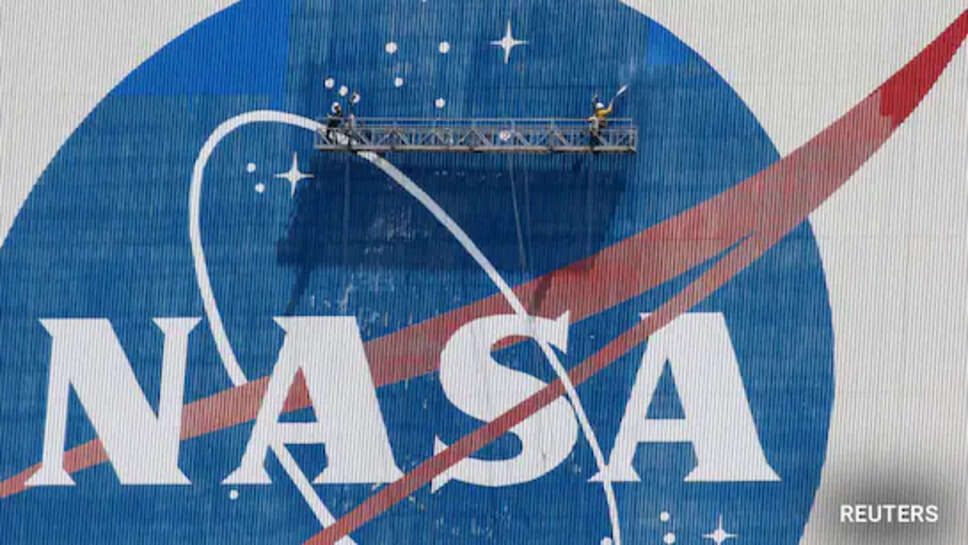NASA Faces Backlash as Nearly 4,000 Jobs on the Chopping Block

In a stunning development that has sent shockwaves through the U.S. space community, NASA is set to terminate nearly 4,000 employees, triggering widespread outrage, internal protests, and a heartfelt letter addressed to the agency’s interim administrator — a Trump-era appointee temporarily overseeing operations.
The move, reportedly part of a broader restructuring and cost-cutting initiative, is one of the largest layoffs in NASA’s history. While the agency has faced downsizing before, this decision appears to have caught the workforce off-guard, leading to accusations of mismanagement, political pressure, and disregard for scientific progress.
Inside the Decision: Budget Cuts and Restructuring
According to internal memos circulating among NASA divisions, the planned layoffs are part of a controversial realignment of the agency’s focus. Funding priorities are shifting from long-term scientific research and planetary exploration to immediate, short-cycle defense-related space initiatives and private sector collaborations.
Critics argue that this shift is politically motivated, a lingering influence of the Trump administration’s push for a more militarized and privatized space program. Although the current administration has shown interest in continuing flagship programs like Artemis, many say that scientific missions and supporting personnel are now being deprioritized.
The departments most affected include:
-
Earth Sciences
-
Astrobiology Research
-
Deep-space Robotics Development
-
Administrative and Facilities Operations
Who Is at Risk?
The layoffs are not just limited to contractors or short-term employees. Tenured scientists, engineers, mission planners, and administrative staff — some with decades of experience — are facing pink slips.
Many of these employees are involved in:
-
Climate monitoring programs
-
Mars mission support systems
-
Education and outreach programs
-
International collaboration frameworks
These are not just any jobs; these are roles that fuel innovation, inspire the next generation, and uphold the U.S.'s leadership in global space exploration.
Protests Across NASA Facilities
As word of the mass termination spread, employees organized protests at key NASA centers including:
-
Johnson Space Center in Houston
-
Jet Propulsion Laboratory (JPL) in Pasadena
-
Goddard Space Flight Center in Maryland
Carrying signs that read “Save Our Science”, “Space for All, Not Just for Profit”, and “Don’t Ground Our Futures”, employees gathered in silent demonstrations and group sit-ins to protest what they see as an attack on public service and scientific integrity.
The protests have been largely peaceful, but the message is loud and clear: NASA's workforce is not taking this quietly.
A Letter to the Interim Administrator
In a symbolic gesture of unity and desperation, a collective letter signed by over 1,500 NASA employees and affiliates was sent to the agency’s interim administrator, a Trump-era appointee who has remained in place as a holdover during the ongoing administrative transition.
The letter, heartfelt and urgent in tone, pleaded for:
-
A pause on the mass layoffs
-
A transparent review of decision-making
-
Inclusion of staff representatives in restructuring plans
-
Safeguarding scientific missions from political volatility
Excerpts from the letter read:
“NASA is more than machines and rockets. It’s the people who build, test, and dream. These cuts may save money on paper, but they will cost us our soul.”
Public and Political Reaction
The response to the layoffs has been swift and polarized. While some in Congress, particularly those aligned with former President Trump’s policies, support the realignment, others have condemned the move as short-sighted and damaging to America’s long-term scientific vision.
Senator Maria Cantwell, chair of the Senate Committee on Commerce, Science, and Transportation, called for an emergency review, stating:
“You cannot gut NASA’s scientific backbone and expect to remain a space superpower. These cuts are reckless.”
On the other hand, proponents of the move argue that outsourcing and efficiency are essential for keeping NASA competitive and agile in a rapidly changing space race involving players like SpaceX, Blue Origin, and foreign agencies.
The Human Cost
Beyond politics and budgets, this crisis highlights the deep emotional and human toll on NASA’s workforce. Engineers who spent years on a rover mission now face eviction from their labs. Administrative staff who guided educational programs for underprivileged youth are packing up their desks.
One mission analyst at JPL said:
“We don’t work here for money. We work because we believe in the future. But it feels like that future is being taken away.”
NASA’s Statement and Silence
NASA has released only a brief, non-committal statement, acknowledging “organizational adjustments” and “the difficult nature of resource reallocation in complex agencies.” But it has so far refused to provide a breakdown of the impacted roles, the budget figures guiding the layoffs, or how it plans to maintain mission continuity amid such drastic reductions.
This silence has only fueled speculation that deeper, politically sensitive motivations are at play, and has led some to question the integrity of the agency’s current leadership.
Looking Ahead: What’s Next for NASA?
While legal challenges and political pressure may delay or modify the scope of the layoffs, it appears inevitable that thousands of NASA workers will be impacted. The real question now is: what kind of NASA will emerge from this?
Will it be a lean, commercially driven agency outsourcing most of its work, or will public pressure reverse the cuts and preserve the broad scientific foundation that made NASA iconic?
What remains clear is that NASA is at a crossroads — and the path it chooses could reshape not just its workforce, but the very identity of American space exploration for decades to come.
From moon landings to Mars missions, NASA has always been a beacon of ambition and unity. But with nearly 4,000 of its own people at risk of losing their jobs, the agency must confront a crisis not of rockets, but of resolve.
The protests, the letter, and the public outcry all share a single message: you can’t explore the universe by abandoning those who built your launchpad.
.jpg)